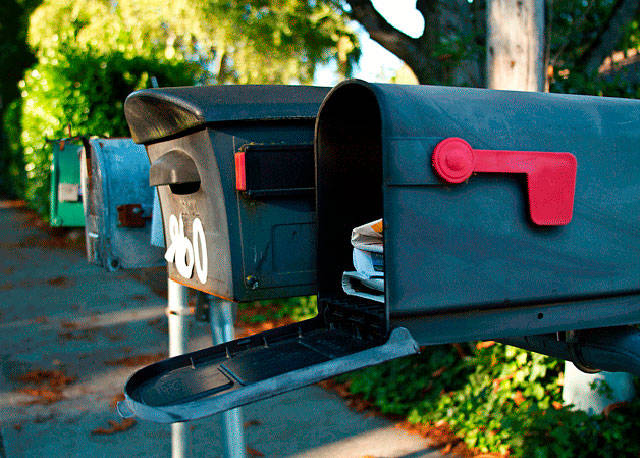To the editor:
Would you be OK with the city taking 65 percent of your home?
The emergency building moratorium has not helped the housing situation on Bainbridge Island. The city council blames the Critical Area Ordinance (CAO) update process as the need for the moratorium.
The CAO requires landowners to set aside 65 percent of their property as a new type of “critical area,” designated as a NVPA (Native Vegetation Protected Area), for the purpose of future aquifer recharge.
Land use will be limited to 35 percent, property owners receive no compensation for lost property use, yet pay full property taxes.
The CAO stated goal is to prevent a water emergency. Bainbridge Island does not have a water emergency. The cities well-monitoring studies show our wells are in good shape.
Additionally, much of the water pulled from municipal wells originates in the Olympic Peninsula, traveling in aquifers under the Sound. Nothing in the CAO can or will protect off-island recharge.
This is not to say our community could not have water issues down the road if resources are not properly managed. We have skipped conservation efforts and are ignoring other options to secure our long-term water future.
For example, the city of Bainbridge Island currently dumps hundreds of millions of gallons of treated wastewater into the Puget Sound every year, water other communities, like Port Gamble, use for aquifer recharge.
For several years our building codes have required 100 percent on-site infiltration for impervious surfaces and runoff management. It is unclear how a NVPA will further improve aquifer recharge especially in soils like the glacial till prominent on the Island.
Imagine if the council passed an ordinance requiring the city to commandeer 65 percent of your home to provide future housing for others; 65 percent of your home set aside today for use by other families sometime in the future. You would receive no compensation for your lost square footage, you would still pay your full property taxes and you would need to spend tens of thousands of dollars on experts and permits to determine which rooms and areas you would no longer have access to.
As ridiculous as this sounds, it is what is happening with our residents’ land. This unbelievable land grab and decimation of private property rights is being pushed through by our elected officials and most residents have no idea. Our council feels it is appropriate to go straight to abusing property ownership rights, ignoring other possible solutions, and inviting lawsuits that will ultimately be paid by taxpayers. Lawsuits are already in progress.
The CAO is a knee-jerk reaction to certain council members dislike of recent subdivisions, even though the developments are located in designated high-density zoned areas. Areas that have received water and sewer infrastructure specifically to support higher density. The CAO does nothing to address subdivision, now or in the future, as it explicitly exempts all high-density zoned areas.
No other community has attempted anything like the proposed Bainbridge CAO. Less egregious attempts have failed elsewhere.
Other communities have greater respect for land ownership rights and the stewardship provided by those who care most — landowners.
ROBERT FRAIK
Bainbridge Island



